SALMONELA – Absence in 25g
FECAL COLIFORMS < 300 NMP/g
MOLDS AND YEASTS < 1000 UFC/g
CLOSTRIDIOS < 20 UFC/g
Description
Chilled boneless beef, registered at the Ministry of Agriculture SIF/DIPOA 112.
Cleaning Standard
Absence of stamp, veins, ganglia, coagulum, membrane, and foreign bodies.
Packaging
Non-toxic thermoshrinkable plain polyethylene bags, packing the piece together with the label individually in vacuum, are packed in white cardboard boxes, sealed with "poliestrap", with an average weight of 25 kg.
Transportation
Hermetically refrigerated trucks or containers with cold service.
Features
Maximum pH 5.9, temperature between 0 and 5ºC, Aw 0.95, bright red color, odorless.
Expiration Date
60 days after the manufacturing date.
Storage Conditions
Once opened, remove from the package and prepare for consumption, keep at a temperature between 0 and 5ºC.
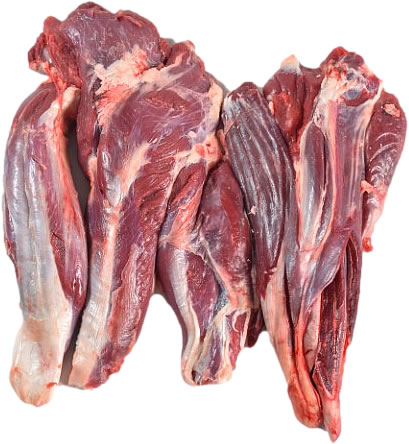
Este corte está localizado na parte dianteira do animal que representa 6,10 % dela. A diferença entre o shank é o seu tamanho, em alusão ao ser humano, o shin seria o braço portanto menor, e o shank would be the "potato" on the leg.
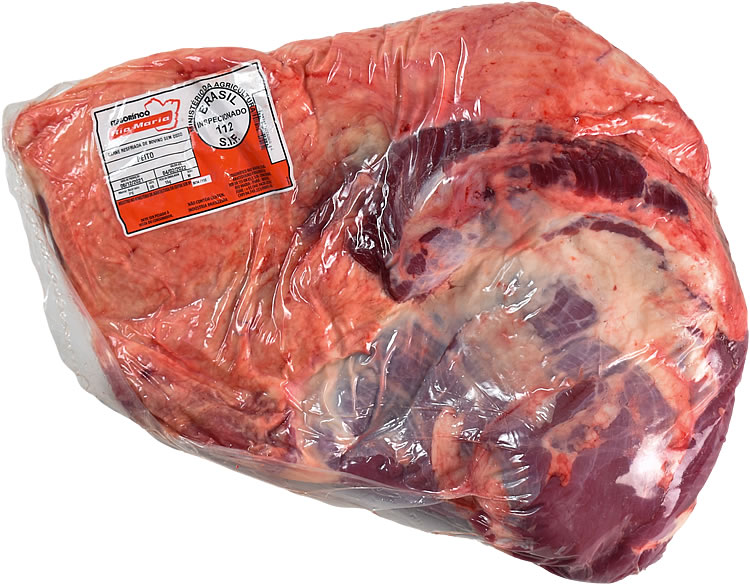
The Brisket, also called the tip of the chest, is located in the front of the animal, which represents 12.30 % of the chest.
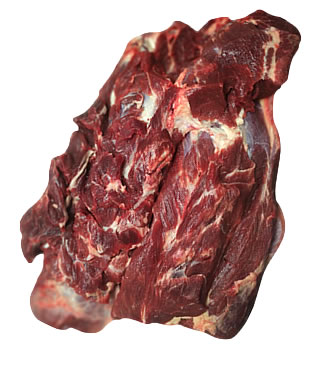
The Neck is the continuation of the chest, and has a muscular formation similar to it. Also called cogote or neck.
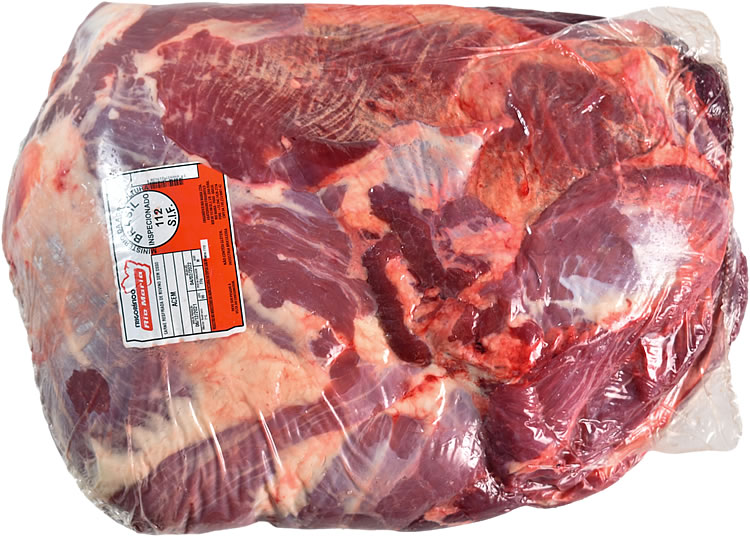
The Chuck is the meat from the loin of the steer. It is located in the front, more specifically on the neck of the animal, and represents 31.92% of the total. It is the largest and tenderest cut from the front of the animal.
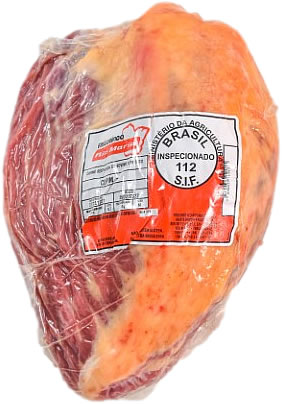
The Hump is a cut that is highly appreciated by Brazilians. Considered one of the tastiest cuts of beef, it is widely used for barbecue.
This piece can only be found in certain breeds (Nelore, Sindi, Gir, Guzerat, among others).
Ideal for baking, grilling, and barbecuing.
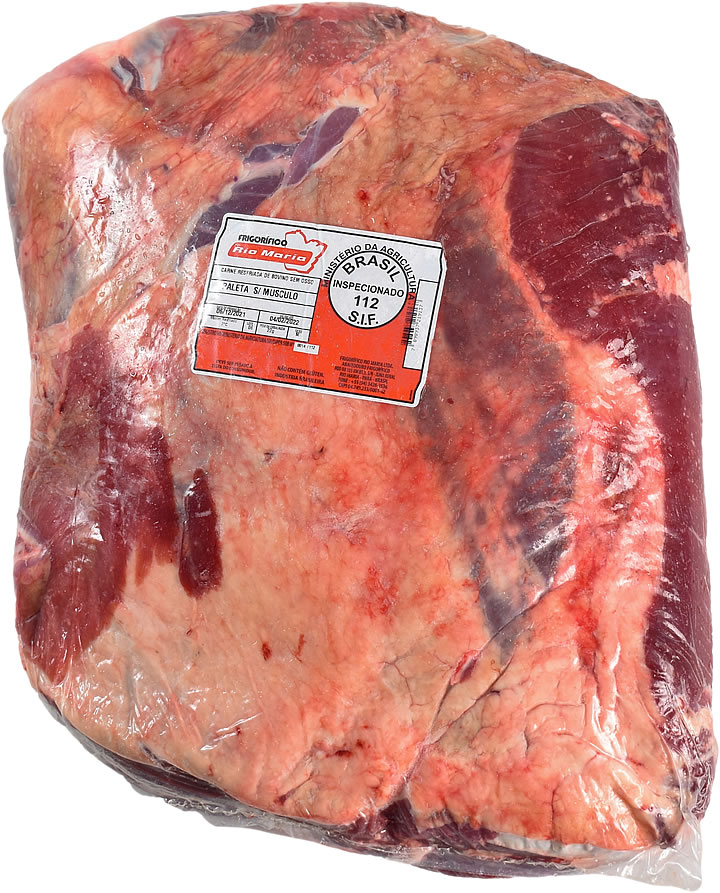
The Shoulder is located on the arm of the ox.
It can be divided into "bone-in or boneless", this meat has long fibers and concentrated fats, this set of characteristics gives the meat an impeccable juiciness when prepared the right way.
Ideal for Baking, Cooking, Grilling.
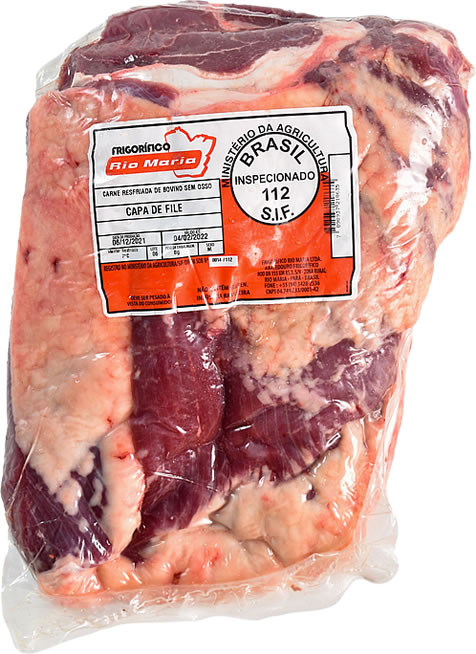
The Cap of Cube Roll is ideal for cooking, a cut located on the tip of the tenderloin.
Because it is a rib-cut part of the animal it is a very viable option for stews and long cooking.

This cut is obtained by separating the Cap of Cube Roll and by releasing the muscular masses attached to the dorsal portion of the ribs that remain in the hindquarters and the first five thoracic vertebrae (sixth to tenth).
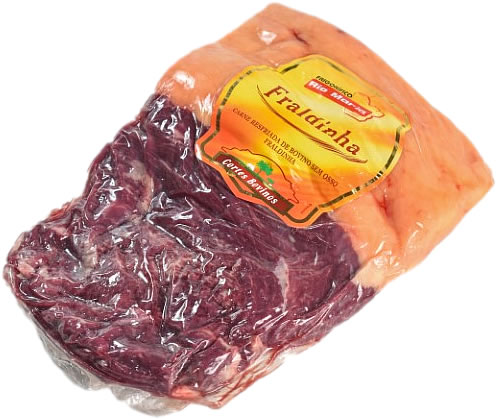
This beef cut is located on the back of the steer, near the ribs. It comes from the steer's "diaper" and represents about 2.60% of the beef. It is a lean meat, meaning that its fat content is low and it has high levels of protein (41%) and iron (19%).
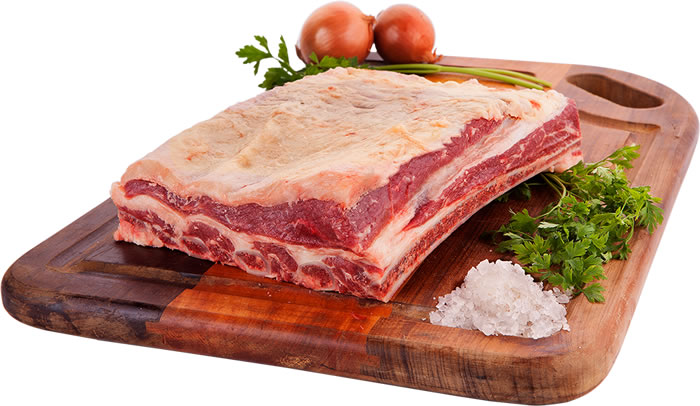
The Flank is in the lower part of the cattle's rib cage, so it has thinner bones and plenty of cartilage interspersed with fat. It goes very well in roasts, stews, or soup. And it is a very tasty meat for barbecue.
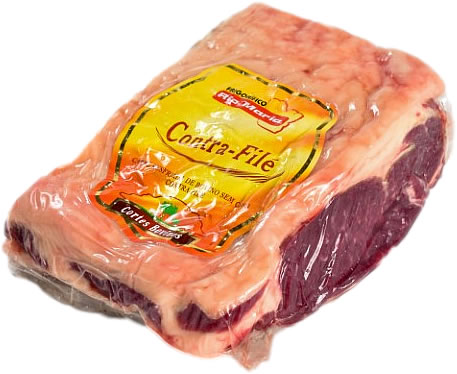
The Cap of Cube Roll is the longest cut of beef, and may also contain the Cap of the Striploin. It is located on the back of the animal.
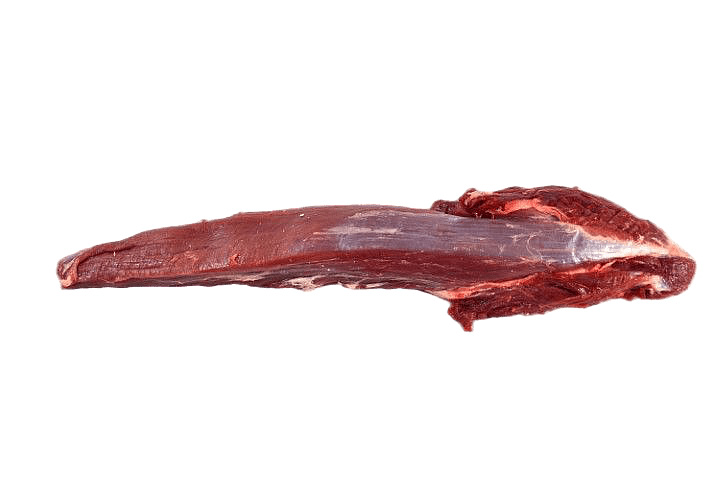
This cut is in the upper rear part of the steer.
The Tenderloin is a noble cut with a light, sweet flavor and low fat content. It is perfect for steaks, medallions, escalopes, estrogonofe, and minced meat.
The Tenderloin is one of the leanest beef cuts.
Ideal for grilling, cooking.
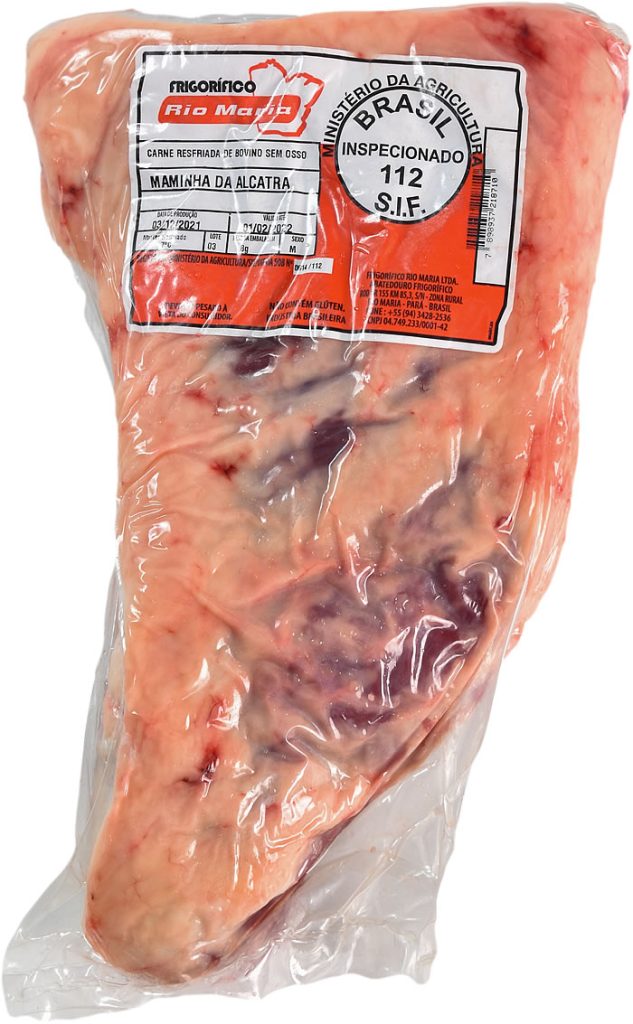
The Tail of Round is among the bovine cuts that are considered noble. It is located at the end of the entire rump, near the tip of the needle, on the rear of the steer. It is considered a very tender meat (when cut against the fibers), juicy, with a mild flavor, and contains fat.
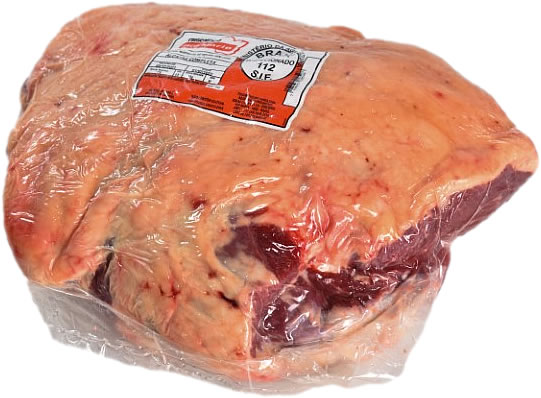
The Rump or also known as the alcatra completa, alcatra com maminha, or alcatra without picanha, is located on the back of the animal between the loin and the thigh and represents approximately 8.84% of the carcass.
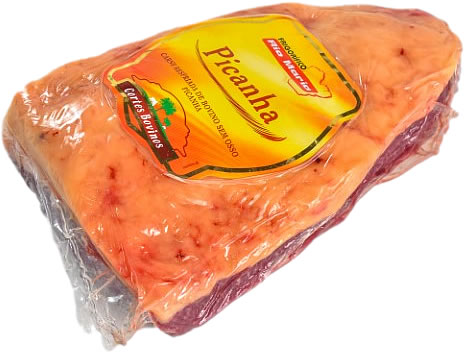
This cut is known for its flavor, tenderness, and juiciness; its large fat cover guarantees this pleasant, distinctive flavor.
Perfect for barbecues and has the versatility to be baked in several ways.
It is a noble meat because there are only two parts in the steer and it is preferred worldwide when it comes to grilling meat.
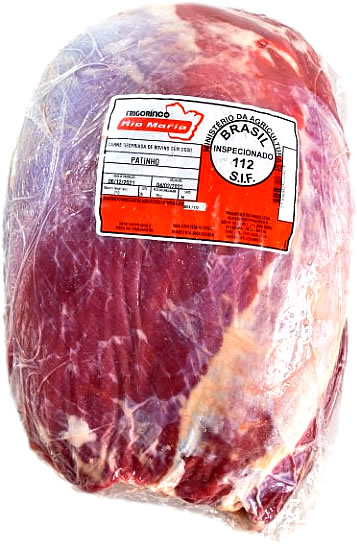
The Knuckle is located on the back of the steer, is less tender than the rump, and is used for Milanese steaks and in the preparation of raw ground beef, such as kebab and steak tartar. It can also be used as ground or cooked meat in stews, sauces, steaks, and roasts. It is also ideal for mincemeat.
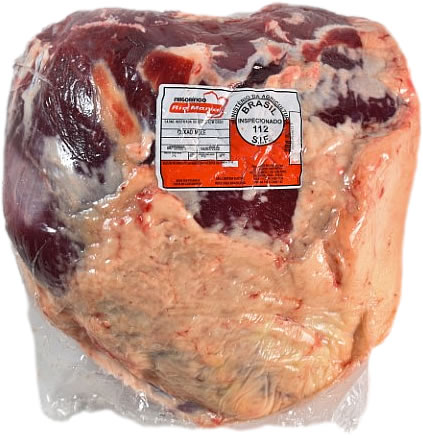
The Topside Cap Off, or topside, is a type of beef cut located in the rear of the animal and represents approximately 14.61% of the carcass.
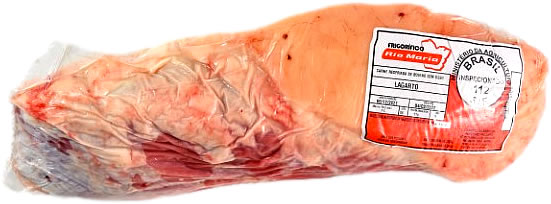
This cut is located in the rear of the animal and represents approximately 3.73% of the rear carcass. It is also known in the south of Brazil as tatu. In Bahia and some northern and northeastern states it is known as paulista. In Rio Grande do Norte and other parts of the Northeast it may be known as the paulista loin.
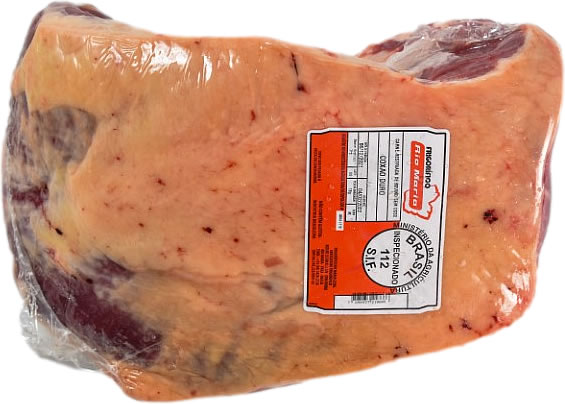
Flat or topside has by its characteristic the fat concentrated on the outside, its fibers long and thin.
Ideal para cozinhar, grelhar.
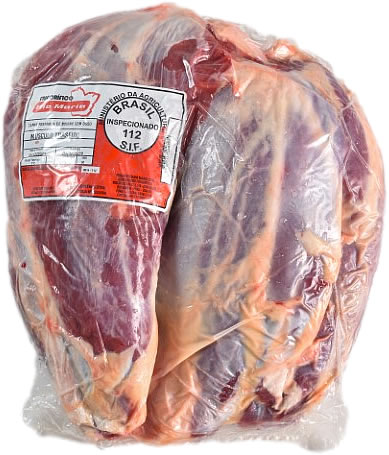
The Shank represents approximately 5.98% of the carcass. It is a tasty and almost fatless cut. It has a higher collagen concentration compared to other beef cuts.